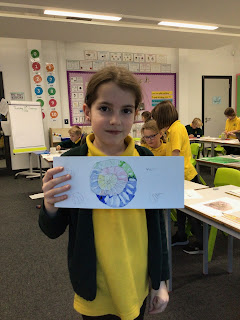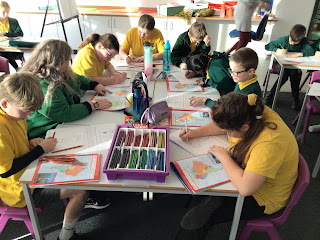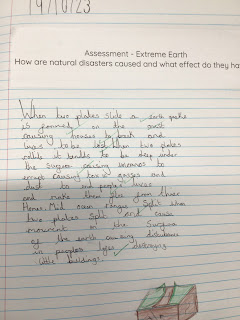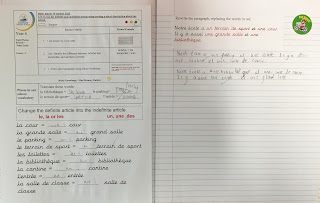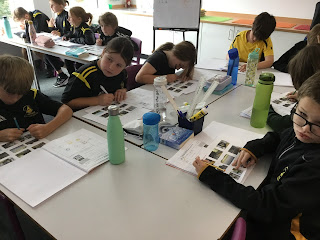What is Lima

During the lesson, the children identified where Peru is and its capital city: Lima. They had to guess how many times bigger Peru was than Great Britain. Do you know? Peru is actually four times bigger than Great Britain but has half the population. Why you ask? The land is mainly desert, the Andes are to the East and the coast is to the west. They were then given 6 photos of Lima to discuss and compare - 3 were from urban Lima and 3 from rural Lima. The children were shocked how the people in rural Lima had to live without any clean water. Did you know Lima is permanently in fog. People who live there need to grow their own food but in order to do this they need water. Ingeniously, they have designed fog nets which trap the water from the fog. Each net can collect 400ml of water,: enough to water some of the ground. However, it cannot be drunk so they need to buy their drinking water. The final part of the lesson, asked children to evaluate if it was fair for c...
